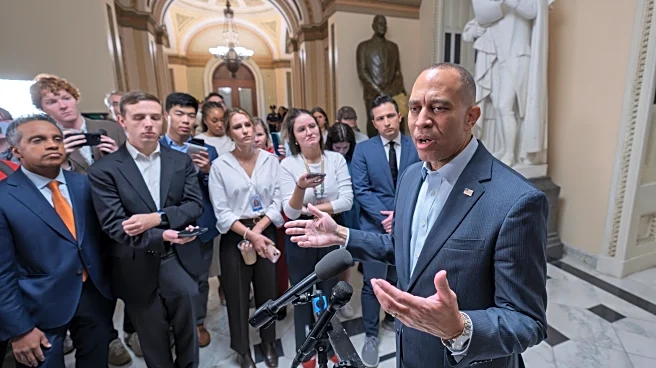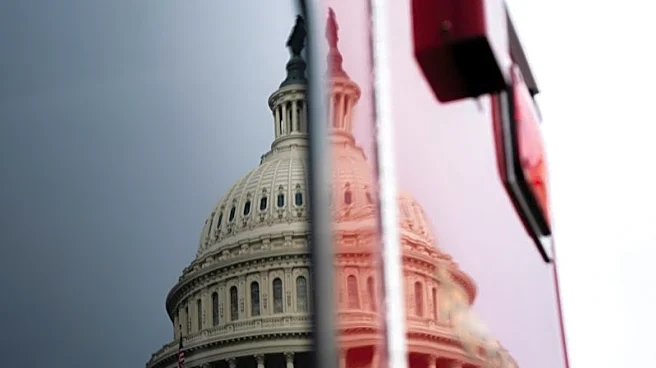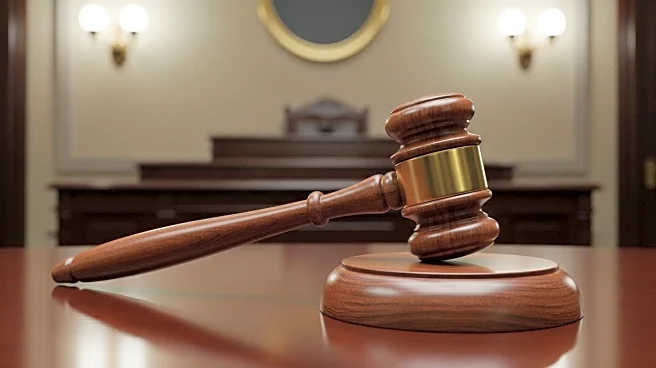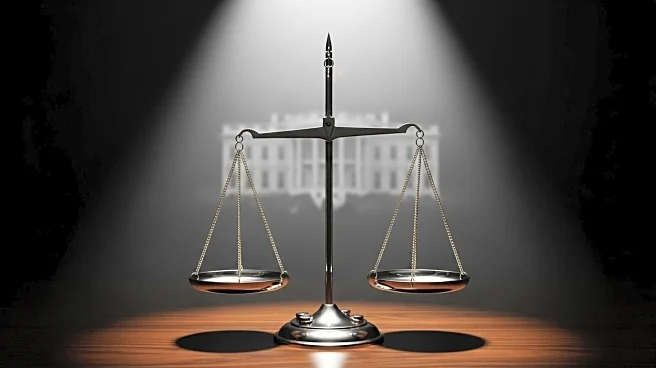What's Happening?
Congressional leaders from both the Republican and Democratic parties are facing challenges in reaching an agreement to fund the U.S. government, with a looming shutdown deadline of October 1, 2025. A recent meeting at the White House with President Trump did not yield significant progress, as both sides remain entrenched in their positions. The primary contention revolves around budget allocations and policy priorities, which have led to a stalemate. The inability to find common ground raises concerns about the potential impact on government operations and services.
Why It's Important?
The potential government shutdown carries significant implications for various sectors in the U.S., including federal employees, government contractors, and public services. A shutdown could disrupt operations, delay payments, and affect economic stability. Political leaders are under pressure to negotiate a resolution to avoid these consequences, as prolonged shutdowns historically lead to public dissatisfaction and economic strain. The situation underscores the ongoing partisan divide in Washington, which complicates legislative processes and impacts governance.
What's Next?
If no agreement is reached by the deadline, the government will face a shutdown, prompting emergency measures and negotiations to resume. Stakeholders, including federal agencies and affected employees, will need to prepare for potential disruptions. Political leaders may face increased scrutiny and pressure from constituents to resolve the impasse swiftly. The situation may also influence upcoming elections, as voters assess the effectiveness of their representatives in handling critical issues.












